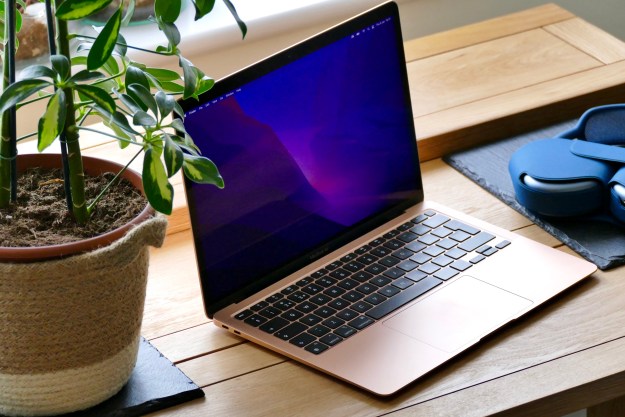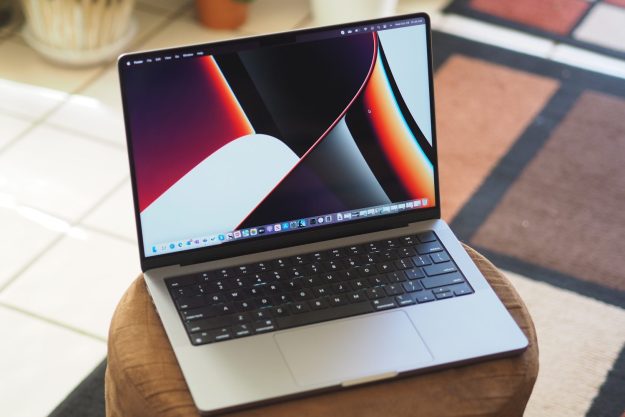Apple has announced record-breaking revenues for the first quarter of 2020 in nearly every product category, from the iPhone to Apple Music. There’s one sore spot in the mix, however: the Mac.
Mac fans often lament the lack of focus from Apple on its laptops and desktops. The marquee announcements often emphasize the iPhone — or more recently, services like Apple TV+ and Apple Music. But given the results the company is seeing from Mac, it’s easy to see what they’re talking about.

The Mac didn’t experience much in growth year-over-year, with $7.2 billion in revenue. The same goes for the iPad, which was at $6 billion.
Major Mac releases in 2019 included the Mac Pro, the Pro Display XDR, and the 16-inch MacBook Pro. The company also made smaller updates to products like the MacBook Air and 13-inch MacBook Pro.
These products have been praised by the professional community, many of which undid the damage done by previous generations. The 16-inch MacBook Pro, for example, replaced the troubling butterfly switch keyboard with a more conventional one. The new Mac Pro is a more modular system with greater performance potential than the previous Mac Pro.
Apple said it faced a “tough year-over-year” comparison because of the launch of products like the MacBook Air and Mac mini in 2018. These are cheaper, entry-level products that provide a lower barrier to entry for the Apple brand. It is also notable that the launch of the new Pro-level products all came rather late in 2019, and were situated squarely in the higher-end of the market.
Apple did not comment on future Mac products on its earnings call, but we expect some big launches in 2020. In particular, we expect the smaller, 13-inch MacBook Pro to get a similar treatment to its bigger sibling, with a larger screen, thinner bezels, and an updated keyboard. It could be released as soon as the next few months.
We also anticipate some movement on an ARM-based MacBook that finally ditches Intel chips for its own A-series processors. We speculate that such a laptop could get announced or previewed at the company’s annual Worldwide Developers Conference in June.
Editors' Recommendations
- The biggest threat to the MacBook this year might come from Apple itself
- Apple quietly backtracks on the MacBook Air’s biggest issue
- Apple could fix the MacBook lineup with this one change
- Apple 16-inch MacBook Pro: don’t make a mistake you’ll regret
- Will the Vision Pro replace the Mac? Why Apple will have to tread carefully


